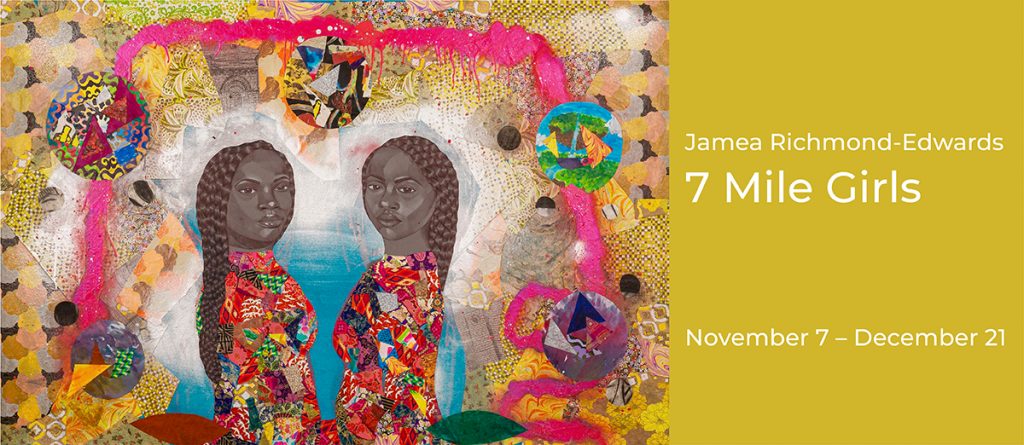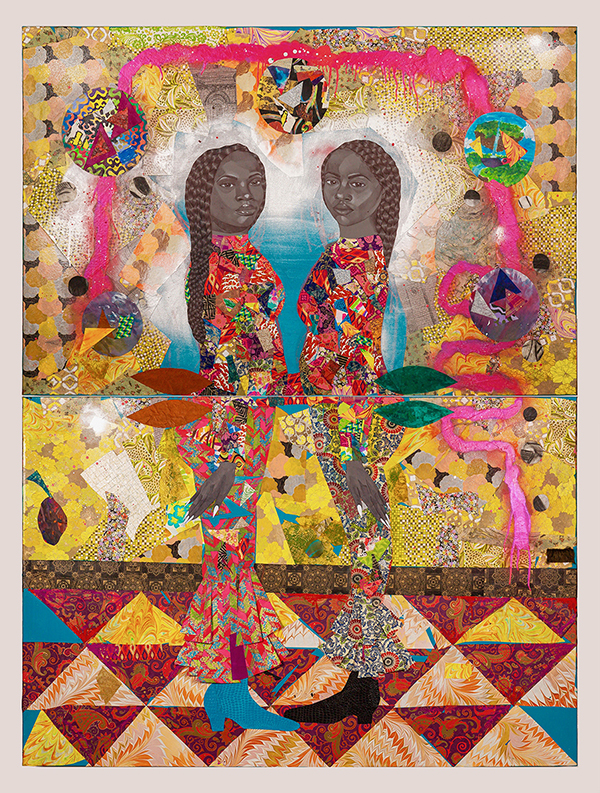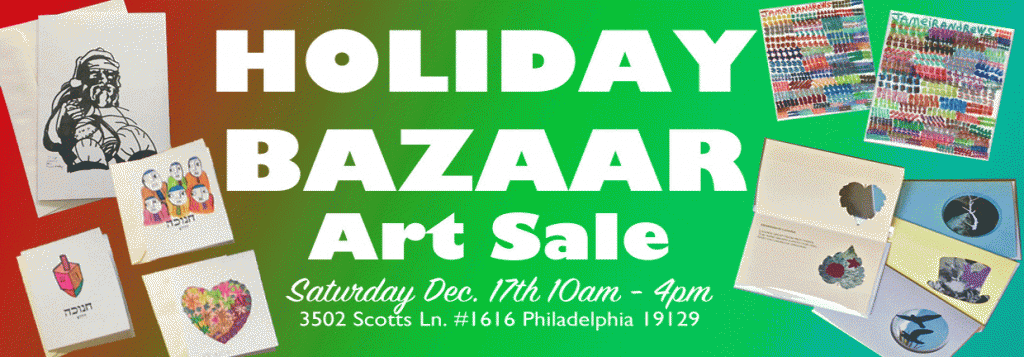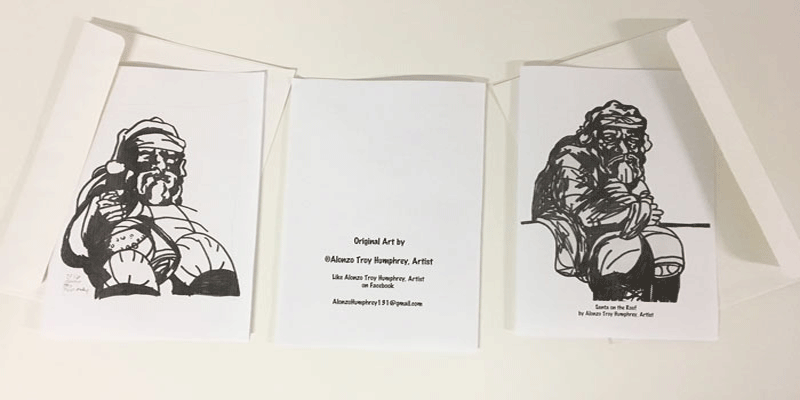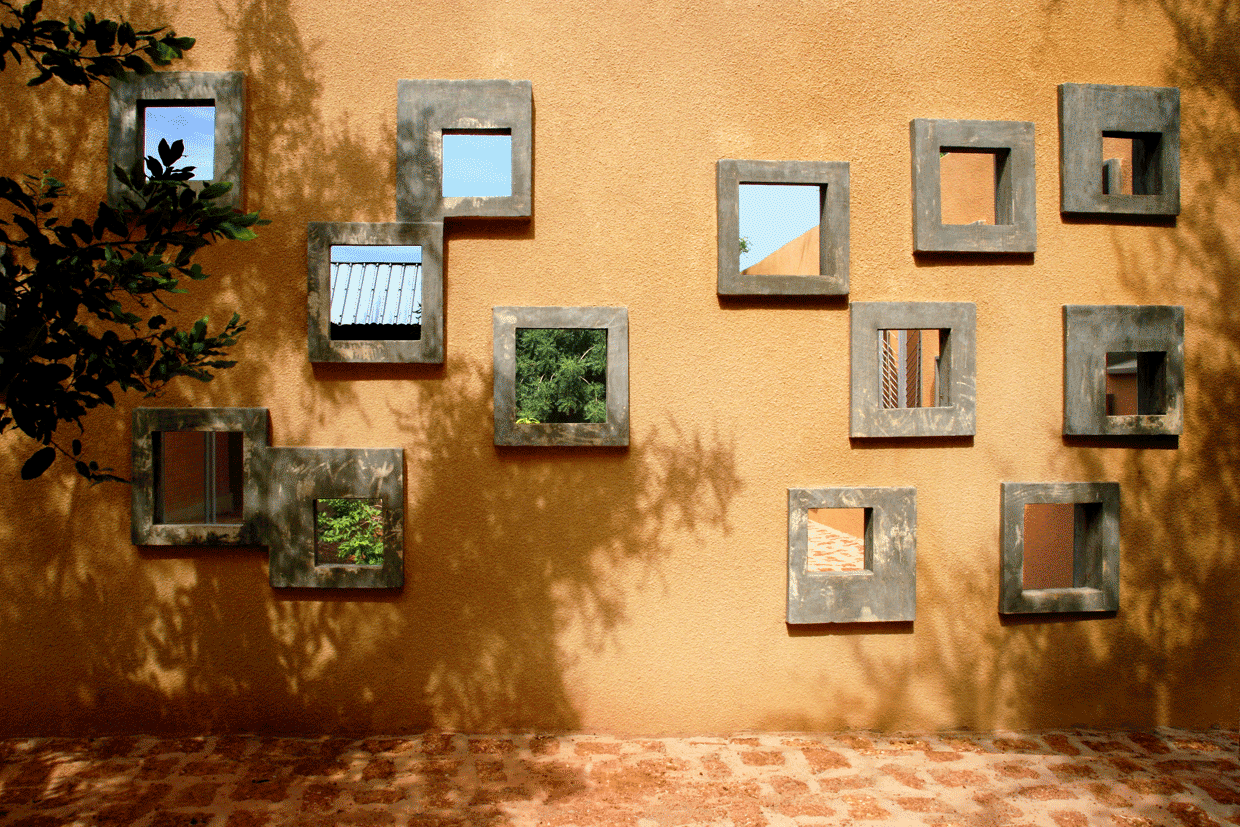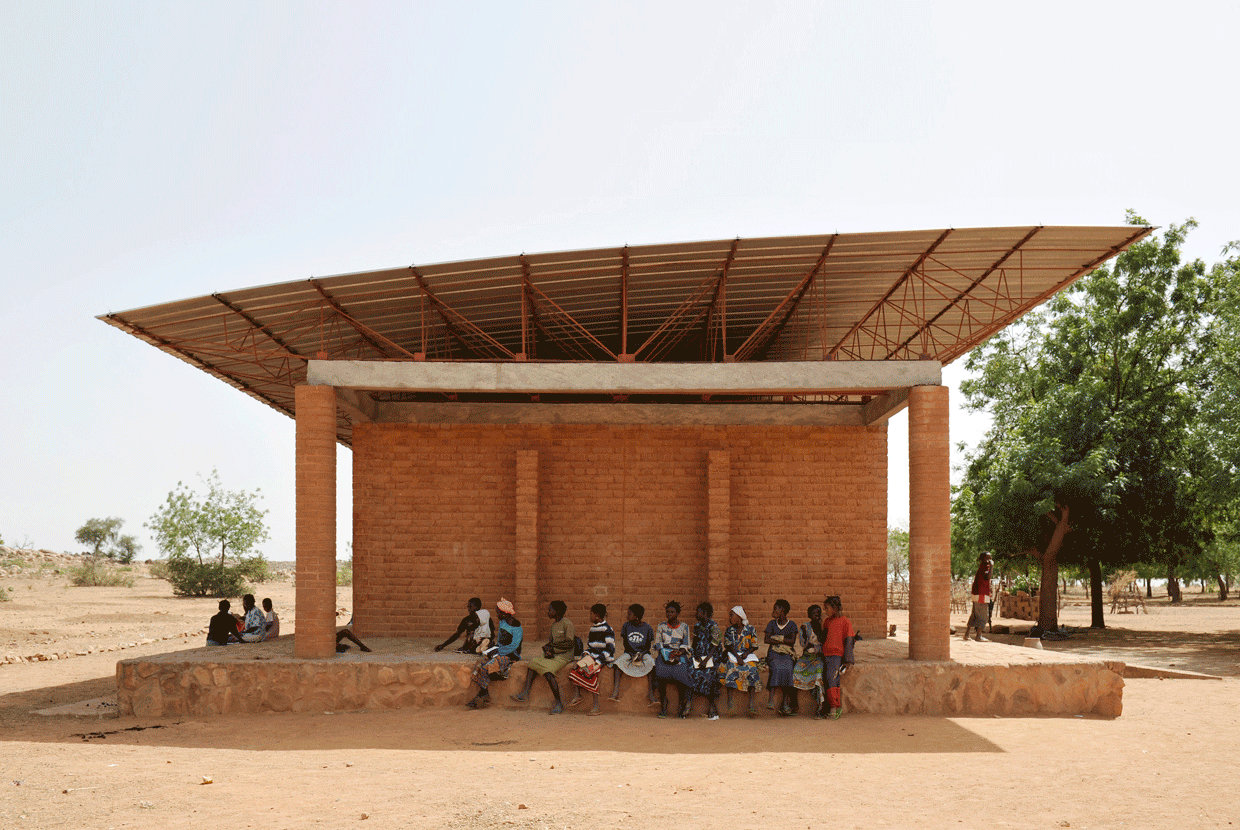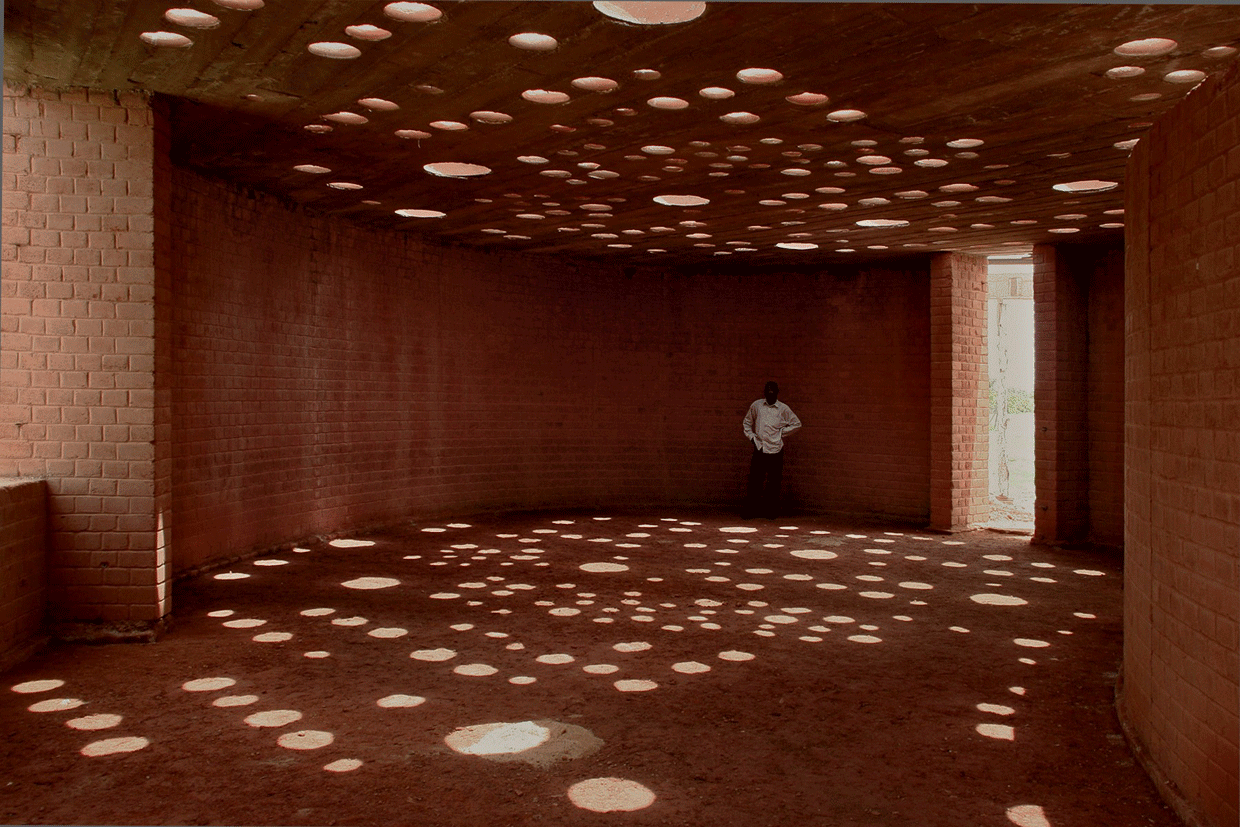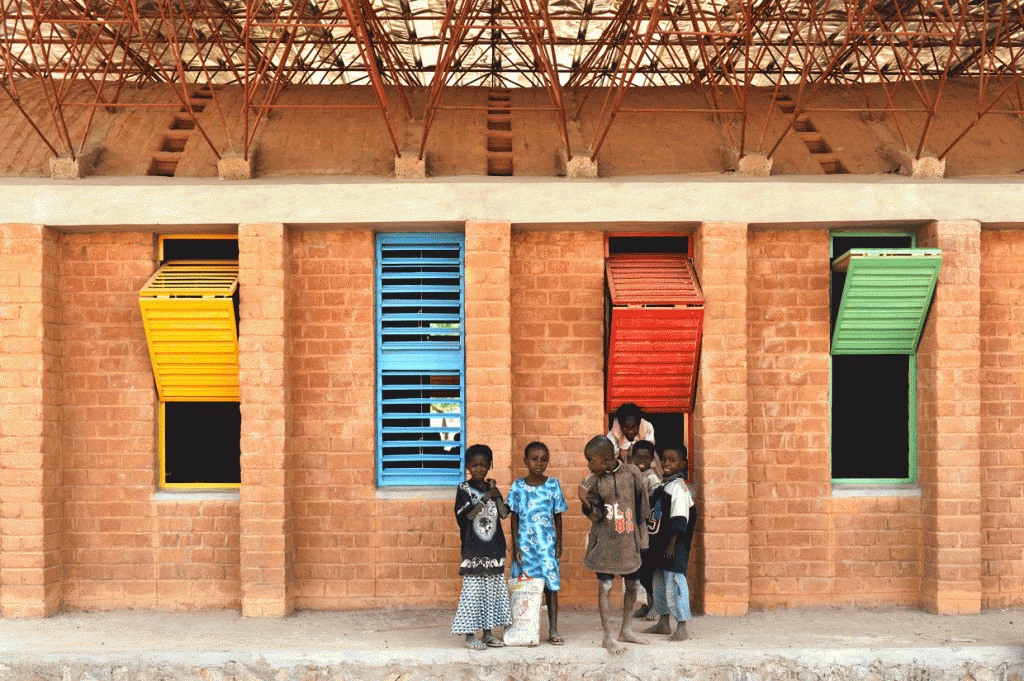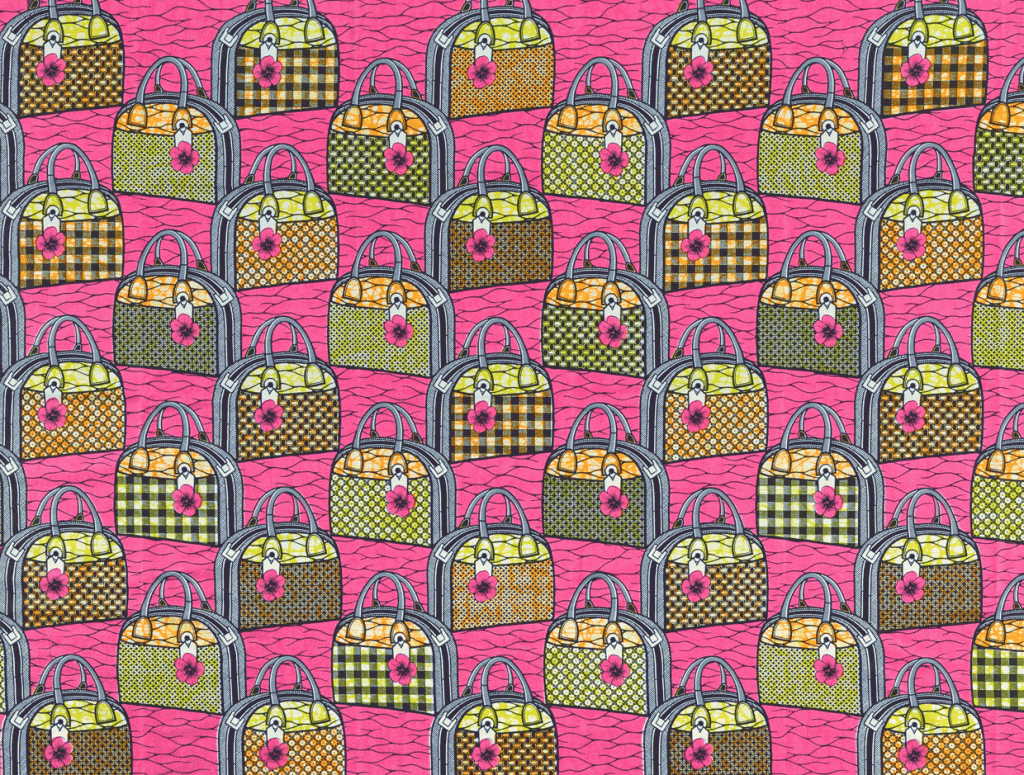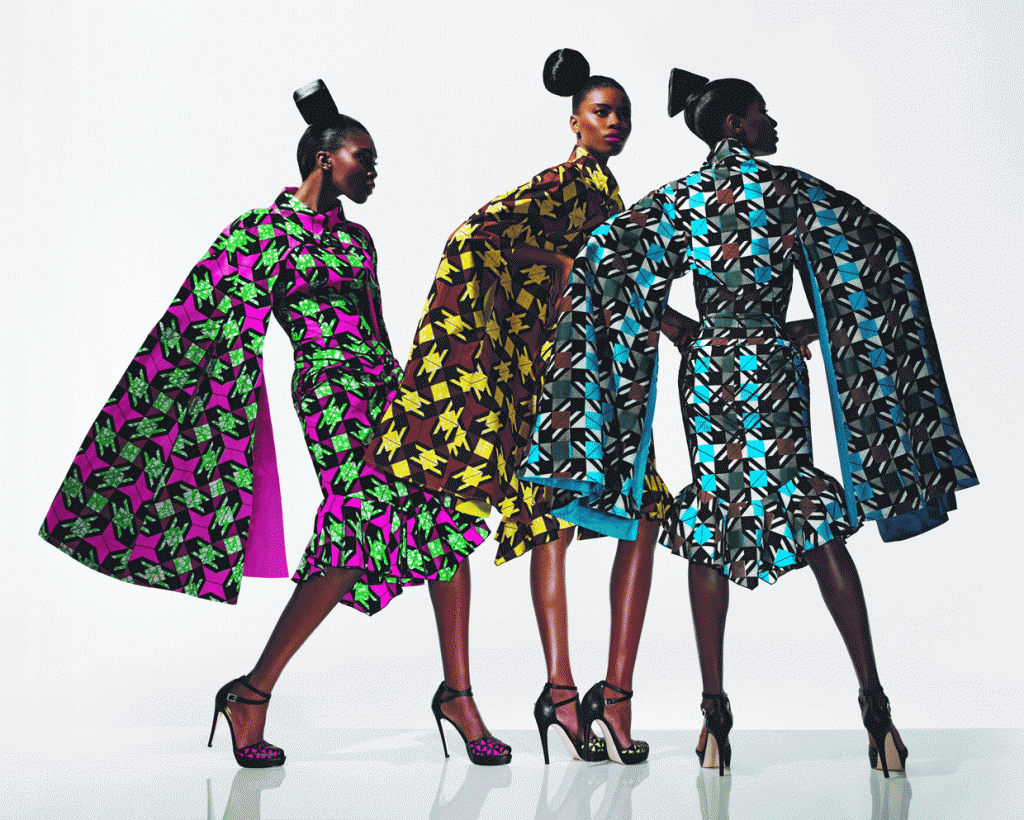
Shawn Theodore: Night Stars
A Solo Exhibition of New Work
February 26 – March 20, 2021
February 11, 2021 (Philadelphia, PA) – Paradigm Gallery is pleased to present Night Stars, a solo exhibition of new photographic work by interdisciplinary artist Shawn Theodore. Night Stars is an expansion of Theodore’s investigation into a space he calls ‘Afromythology’, which unites
the real and imaginary histories and futures of African Americans. In Night Stars, Theodore widens this space by melding together the traditions of African indigo making and the magical powers of water and stars.
The evocative exhibition illuminates the space where they all converge, a body of work that is a deep, deep blue. Night Stars marks the first exhibition at Paradigm with the artist. Night Stars is open to the public from February 26 – March 20th with an opening event on Friday, February 26th at 5:30PM.
Theodore makes connections, finds linked points and intersections within the past and seeing what is repeated in the current he identifies recurring themes, like spirituality. Spirituality has been passed on from generation to generation, and is something that is ostensibly part of the Black experience, but it is not something you can see or touch; it happens without direct knowledge, just faith.
In Night Stars, Theodore looks deeper for where instances of faith happen such as in music, quilt making or code switching. All of these hold examples of coded language, subversive art and intent and Night Stars is constructed from these metaphysical bridges. Bridges like quilts that were used to smuggle secret messages guiding people to freedom, far beyond the maker’s own physical passing. Or the Dogon tribe of West Africa, who were master astronomers.
They believed that their ancestors were descendants of a species from the Sirius star system eight and half light years away and to be free meant going back home. Though they were physically limited, their collective celestial knowledge somehow traveled across time and space to other groups of Black people who used it to understand the same set of stars that were used in the same way: to be led to freedom. ‘Afromyth’ sits upon these bridges.
The works in Night Stars are a series of statuesque portraits, monuments within a vast space of blue. Blue is a multi-tiered reference within the exhibition. The color is known to ward off evil in African and African American culture and Theodore questions how that symbolic signal came to
be and why it still holds that power today.
The artist says, “To create in blue, one must first understand its powerful nature. There has to be a world that exists inside of the color. A spiritual process is happening that is begging us to look inside of it, and somewhere within it are answers”. Theodore connects the symbolic color to the 19th century process of cyanotype.
The artist has always been fascinated by the historic practice, which produces a cyan-blue print; however, it is extremely rare to find a Black subject in one of these prints. Rather than shooting in cyanotype, Theodore uses it as a guideline, photographing his subjects using blue filters and blue cast lights.
The resulting works are less historic than they are revolutionary. On the series Theodore says, “Featured in this collection are portraits made of bejeweled deities in the indigo-hued ether, the fervor of fête revelers, the quiet stillness amongst the dense foliage and haints of Low Country of South Carolina, possession in the Blue Mountains of Jamaica, and sunrise reverence at the edge of the Caribbean Sea. At the center is the viewer, who stands at the bardos of these seemingly disjointed experiences, their presence unifying the real and unreal”.
Photography often acts as a fast route to see the past, but what is beyond the camera’s sight? Subconsciously, the brain creates narratives beyond physical photographs, beyond what we logically know or see. These leaps are our imagined archives and it’s within their boundless possibilities that Night Stars lives, filling the gaps.
*Due to COVID-19, “Night Stars” will be open for regular weekend hours with limited capacity and is available to view by private appointments during the week until further notice. The digital exhibition twin is available on https://www.paradigmarts.org/ for viewing from home. These policies are dependent on the current policies of the CDC, WHO and the Governor and Mayor’s offices. Paradigm Gallery’s number one priority is the safety and wellness of their visitors. For live updates on the exhibition and appointments, please visit the Paradigm website and socials. For any questions on Paradigm’s current policies, please email info@paradigm-gallery.com.
About Shawn Theodore
Shawn Theodore (b. 1970, Germany) is an award-winning photographer whose work opens broad conversations regarding the role of the photographer in the shaping of agency and imagery, engages in new forms of storytelling, and impacts the trajectory of the collective black consciousness.
Theodore has participated in exhibitions at various institutions, galleries and fairs, including the African American Museum in Philadelphia (2017, 2018), Mennello Museum of American Art (2018), The Barnes Foundation (2017, 2018, 2019), Steven Kasher Gallery (2018), AIPAD (2018, 2019), Hudson Valley Community College (2018), Catherine Edelman Gallery (2017), The Bakalar & Paine Galleries at MassArt (2017), Snap! Orlando (2018), Richard Beavers Gallery (2018), PRIZM Art Fair, Scope Art Fair, Philadelphia Photo Arts Center, Rush Arts Gallery (2017, 2018), and the University of the Arts (2019).
His commercial projects include works for Apple, Showtime Networks, RocNation, PAPER Magazine, New York Magazine, Smithsonian Magazine, The Atlantic, The New York Times, PDN and others.
Theodore was awarded the prestigious PDN’s 30 New & Emerging Photographers to Watch (2019), the Getty Images / ARRAY ‘Where We Stand’ (2018) grant and a grant from the Knight Foundation for ‘A Dream Deferred’ (2018). He is a two-time nominee of The Pew Center for Arts & Heritage Fellowship, and a nominee of the Magnum Foundation Fund.
Theodore earned his BA in JPRA (Journalism, Public Relations and Advertising) from Temple University. He currently attends the MFA for Photography program at Savannah College of Art and Design (SCAD Atlanta). Theodore is a current trustee of the Rush Philanthropic Arts Foundation and the Philadelphia Photo Arts Center.
About Paradigm Gallery
Paradigm Gallery + Studio® was established in 2010 by co-founders and curators, Jason Chen and Sara McCorriston. The gallery exhibits meaningful, process-intense contemporary artwork from around the world. Now open 11 years, Paradigm Gallery is globally recognized and known as a tastemaker within their greater Philadelphia arts community. As the gallery grows, it maintains its original mission to keep art accessible. Through monthly donations, free public art installations, and initiatives like Insider Picks, Paradigm Gallery, continues to be a champion of small businesses and emerging and mid-career artists.
Location:
746 S 4th St
Philadelphia, PA 19147
Media Contact:
Lainya Magaña, A&O PR
347 395 4155
lainya@aopublic.com
Like DoNArTNeWs Philadelphia Art News Blog on facebook
Follow the new DoNArTNeWs.com
Follow DoN on Twitter @DoNNieBeat58
@donniebeat on Instagram
Affiliate Marketing [disclosure page] Shop on-line and help support DoNArTNeWs
Donate via safe and secure PayPal in the sidebar.
DoNArTNeWs – celebrating twelve years reporting on Philadelphia artists and art.

